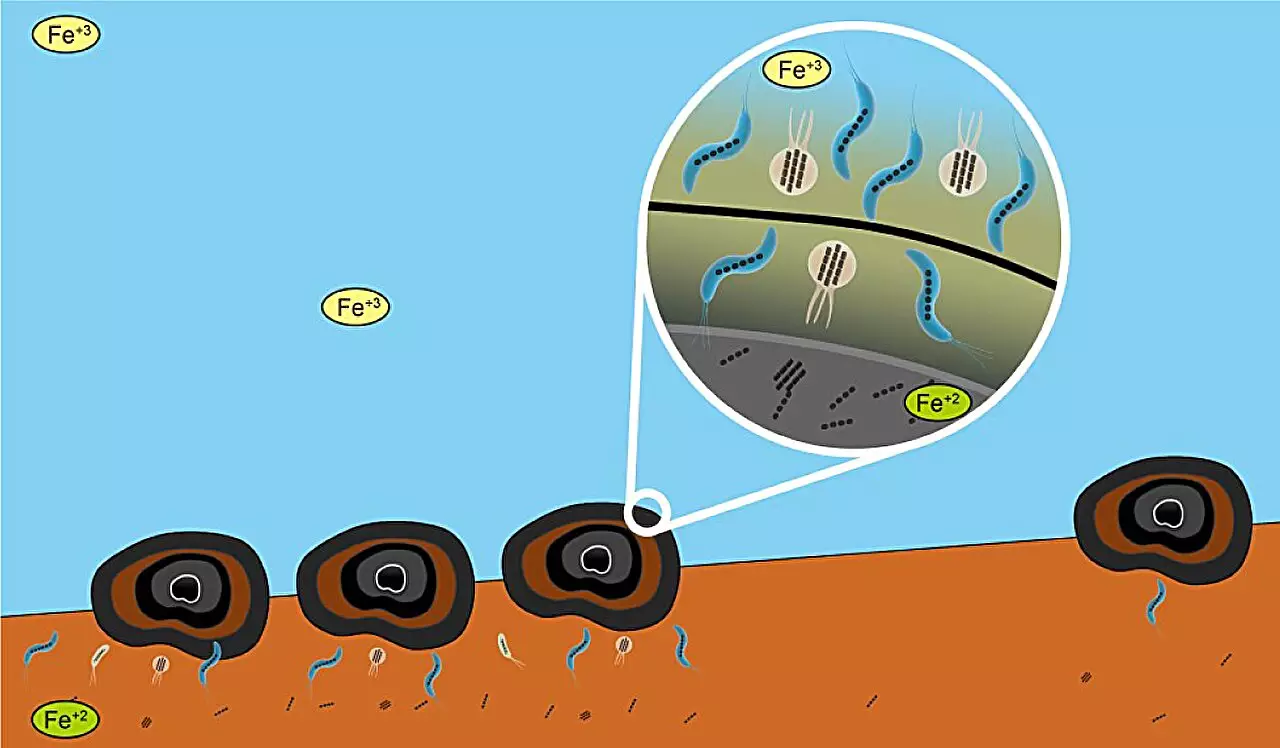Polymetallic nodules, often described as resembling potatoes, are fascinating geological formations found on the ocean floor. Composed predominantly of valuable minerals such as nickel, cobalt, and manganese, these nodules have captured the attention of various industries looking to tap into deep-sea resources. As the demand for these metals continues to rise, the prospect of deep-sea mining has become both a lucrative opportunity and a point of contention due to environmental concerns. The growth mechanisms of these nodules remain a topic of ongoing research, with various hypotheses attempting to explain their formation in an ever-evolving marine ecosystem.
One intriguing aspect of polymetallic nodules is the potential involvement of microorganisms in their development. Recent studies have indicated that these nodules might not merely accumulate minerals from the surrounding seawater. Instead, biogenic processes—especially those involving magnetotactic bacteria—could significantly influence their growth. These bacteria possess unique magnetic organelles that enable them to navigate through aquatic environments. Their presence in the nodule ecosystem raises essential questions about the interactions between biological and geological processes in the deep sea.
A study published in the Journal of Geophysical Research: Solid Earth provides groundbreaking insights into the relationship between microbial abundance and the distribution of polymetallic nodules. Conducted in the Clarion-Clipperton Fracture Zone (CCFZ), a site of considerable interest to the deep-sea mining industry, researchers collected seafloor sediment samples during a cruise in 2013. Employing a range of analytical techniques—from magnetic property analysis to electron microscopy—they explored the origins of the magnetic minerals present in the sediment.
The study identified three primary sources of magnetic minerals: atmospheric dust, volcanic activity, and bacteria. These findings indicate that wind and volcanic activity play significant roles in shaping the mineral composition of nodules in the CCFZ, based on the observed distribution patterns of magnetite. Notably, the highest concentrations of biogenic magnetite aligned with areas abundant in polymetallic nodules, suggesting a complex relationship among various environmental factors at play.
The implications of this research extend beyond scientific curiosity; they bear weight on environmental management and the emerging deep-sea mining sector. The presence of carbon-rich, low-oxygen microenvironments created by nodules enriches local ecosystems, promoting the growth of beneficial bacteria that, in turn, foster further nodule development. This symbiotic relationship indicates that mining operations must carefully consider their ecological impact. The balance between harnessing economic potential and preserving deep-sea biodiversity will dictate future strategies as exploration expands.
Understanding the intricate dynamics of polymetallic nodules and their microbial associates not only enhances our knowledge of deep-sea environments but also informs responsible resource management practices. As we delve deeper into oceanic exploration, it’s imperative to weigh the economic benefits against the risks posed to these sensitive ecosystems.


Leave a Reply